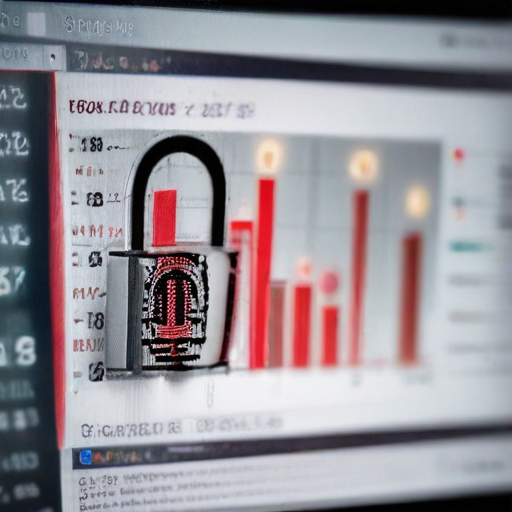The U.S. Treasury Department has reported a significant cybersecurity breach attributed to a Chinese state-sponsored actor, leading to unauthorized access of employee workstations and some unclassified documents. This incident, characterized by officials as a “major incident,” was disclosed in a letter to lawmakers following the discovery of the hack in early December.
The breach reportedly stemmed from a vulnerability in a third-party service provider, BeyondTrust, which provides remote support to Treasury employees. American officials noted that the hackers gained access through security overrides linked to this provider. Ultimately, BeyondTrust has since been taken offline as a precautionary measure, and there is currently no evidence suggesting ongoing access to Treasury systems.
Collaborating with the FBI and the Cybersecurity and Infrastructure Security Agency, the Treasury Department is investigating the full extent of the breach. The actor responsible is identified as a China-based Advanced Persistent Threat (APT), which typically indicates a focus on espionage rather than financial theft.
The attackers were believed to have accessed workstations of various employees, possibly even creating accounts or changing passwords before their presence was fully assessed. However, the nature of the documents accessed has not been specifically disclosed.
In response to the allegations, a spokesman for the Chinese embassy in Washington dismissed the claims as unfounded and a smear tactic, emphasizing the complexity of tracing cyberattacks.
Despite this setback, the Treasury Department has reaffirmed its commitment to enhancing cybersecurity measures to safeguard sensitive data against external threats. A supplemental report detailing the incident’s findings will be shared with lawmakers in the coming weeks.
This event highlights ongoing concerns regarding cybersecurity in both governmental and private sectors and underscores the importance of vigilance in protecting sensitive information. While the incident is serious, it also offers an opportunity for the U.S. to strengthen its cybersecurity infrastructure and foster collaboration among federal agencies in response to rising cyber threats.
